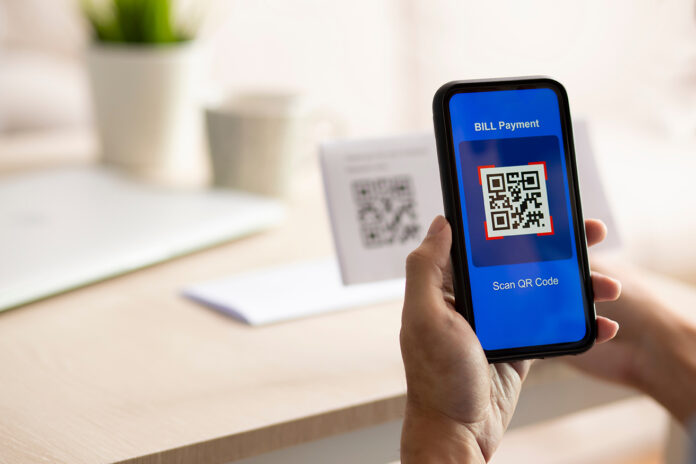The Prime Minister’s Office (PMO) has instructed Federal Secretaries, Provincial Chief Secretaries, and Heads of Regulatory Bodies to ensure that all retail outlets under their jurisdiction obtain and display Raast QR codes by August 31, 2025. This move is part of the government’s push for a successful cashless economy.
As per reports, the directive was communicated by the Prime Minister’s Advisor, Syed Tauqeer Ali Shah, to senior officials including Kamran Ali Afzal, Secretary of the Cabinet Division, Dr. Muhammad Fakhre Alam Irfan, Secretary of Power Division, and other key officials from various departments and provinces.
The State Bank of Pakistan (SBP) has developed a national implementation strategy to ensure that digital payment infrastructure, including Raast QR codes, Point of Sale (POS), and Soft POS, is available at retail and commercial outlets across the country. SBP has called on Chief Secretaries, regulatory authorities, and relevant departments to ensure businesses and retail outlets accept digital payments.
Given the cross-cutting nature of this initiative, the PMO has been asked to support the enforcement of these measures. The PMO has urged Federal Ministries and Provincial Chief Secretaries to take immediate action, including instructing businesses to display Raast QR codes, making digital payment readiness a requirement for commercial licensing or renewal, establishing a compliance mechanism with penalties for non-compliance, and facilitating collaboration with SBP and its regulated entities.
To streamline coordination, Dr. Shazia Ghani, Team Lead for Special Projects & Initiatives, has been appointed as the focal person for this initiative. Ministries are advised to coordinate with Dr. Ghani and SBP to ensure the smooth implementation and resolution of operational issues.
Additionally, the Ministry of Finance is working on a cashless payment mechanism for Government to Person (G2P) and Person to Government (P2G) transactions to enhance transparency and efficiency in State-Owned Entities (SOEs).
SBP has set revised targets for digital payment adoption, including increasing the number of active digital commerce payment points (QR codes) from 0.5 million to 2 million, expanding mobile/internet app users from 95 million to 120 million by FY 2026, and doubling digital transactions to 15 billion. Moreover, remittances are set to be fully digital by increasing bank transfers to 100% from the current 80%.




